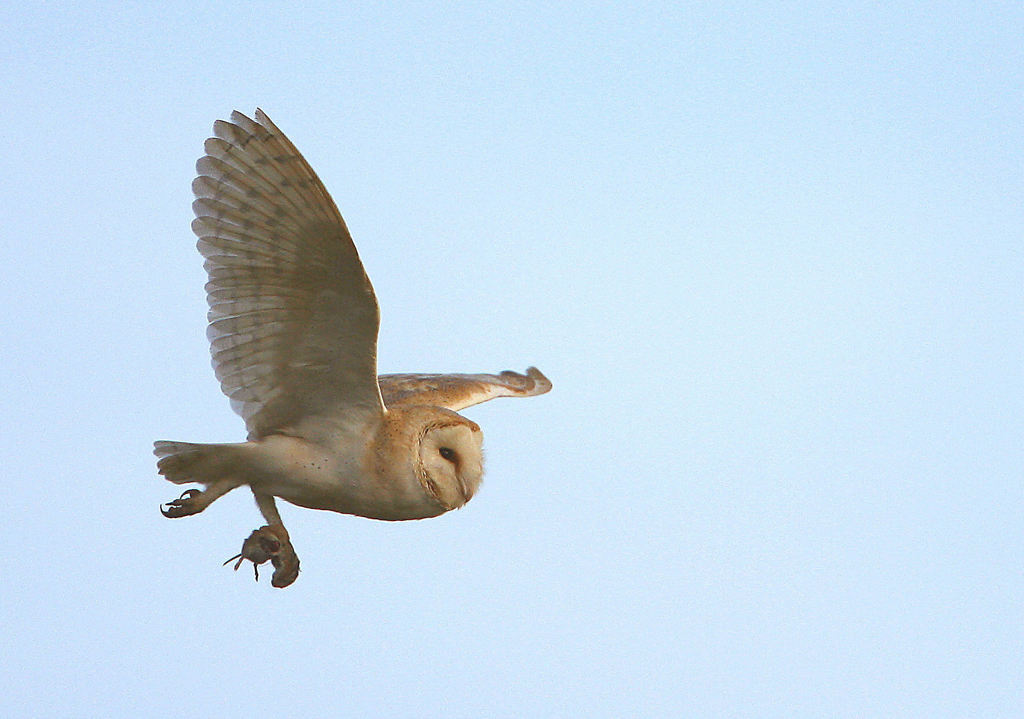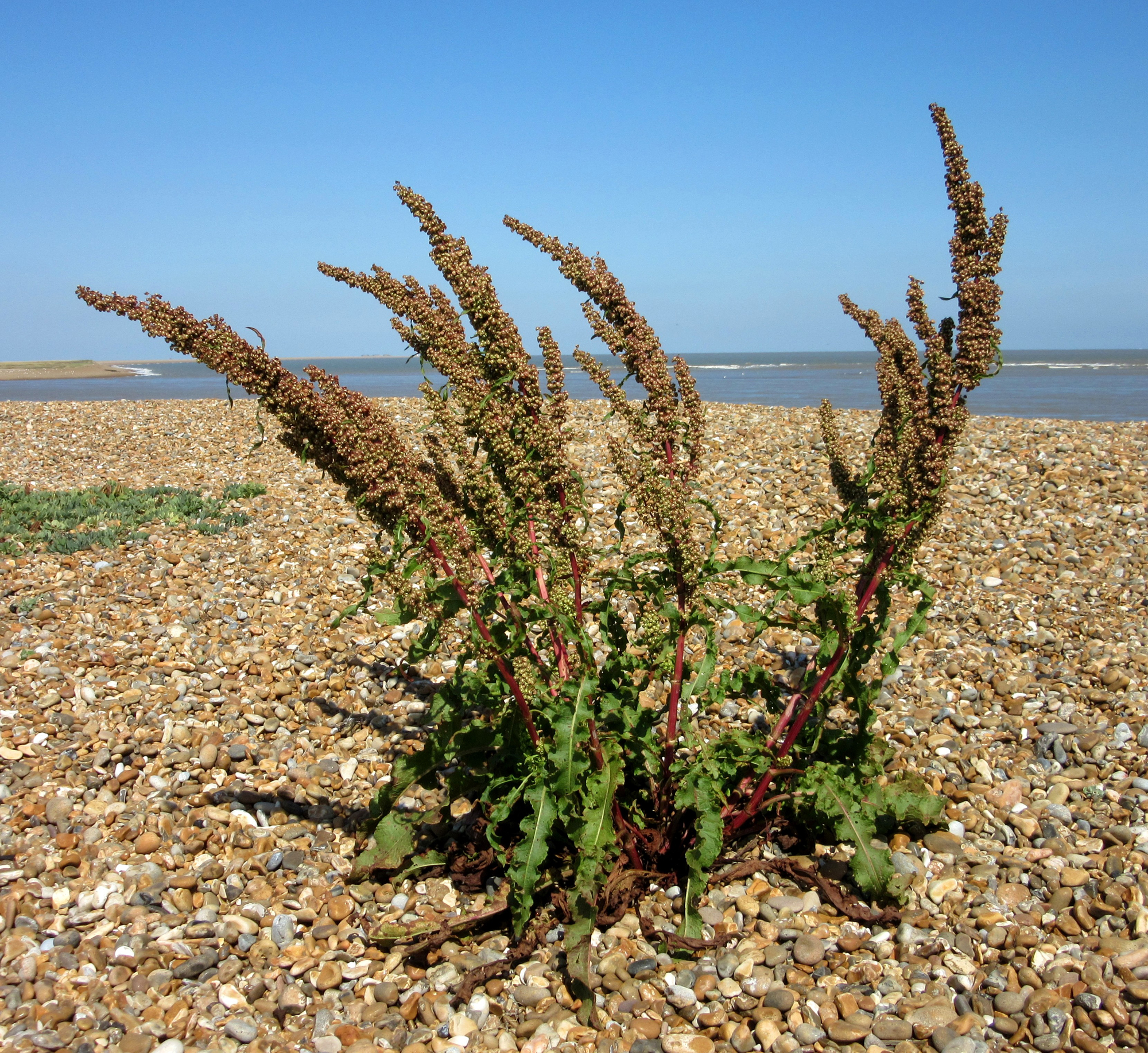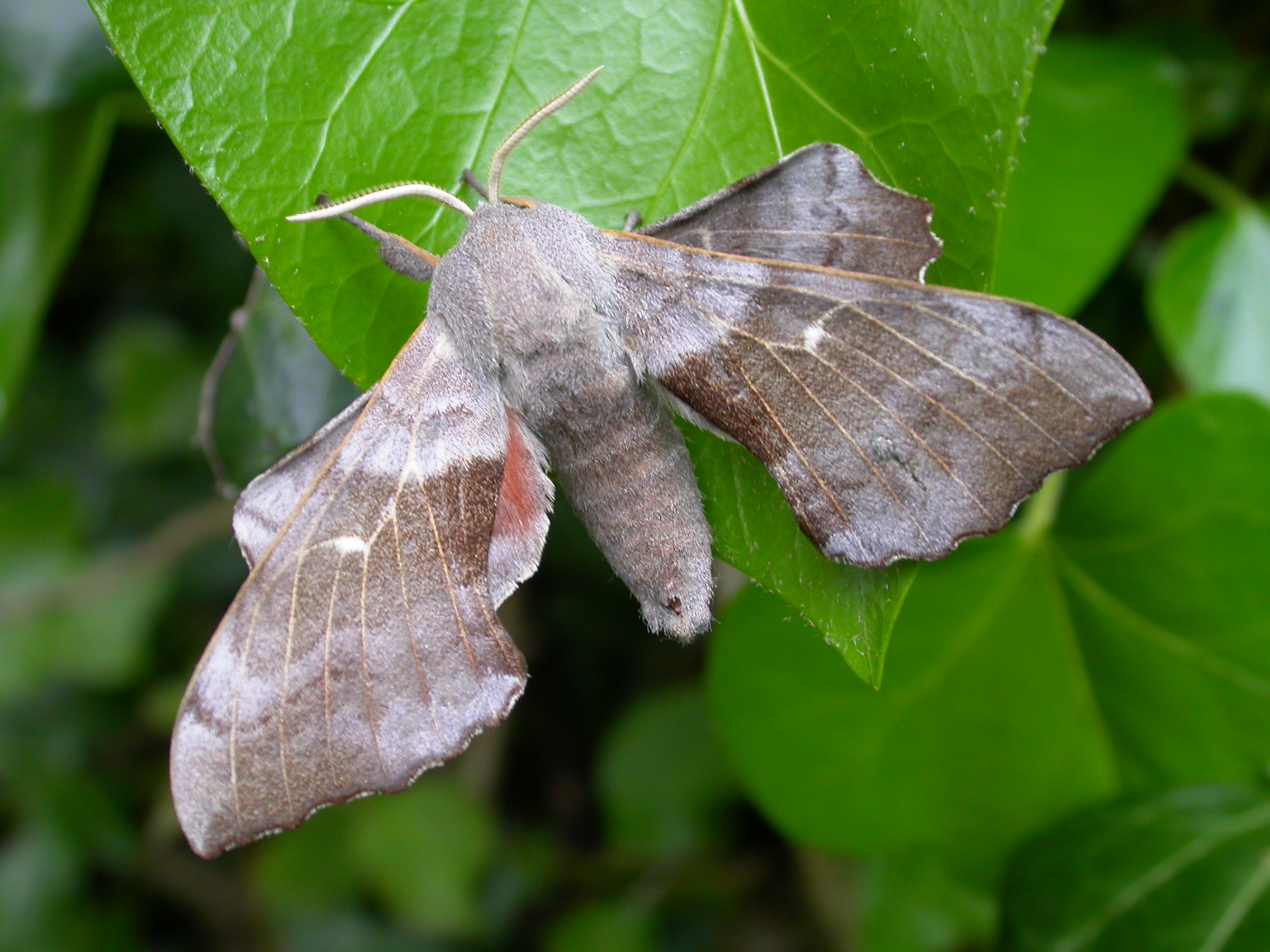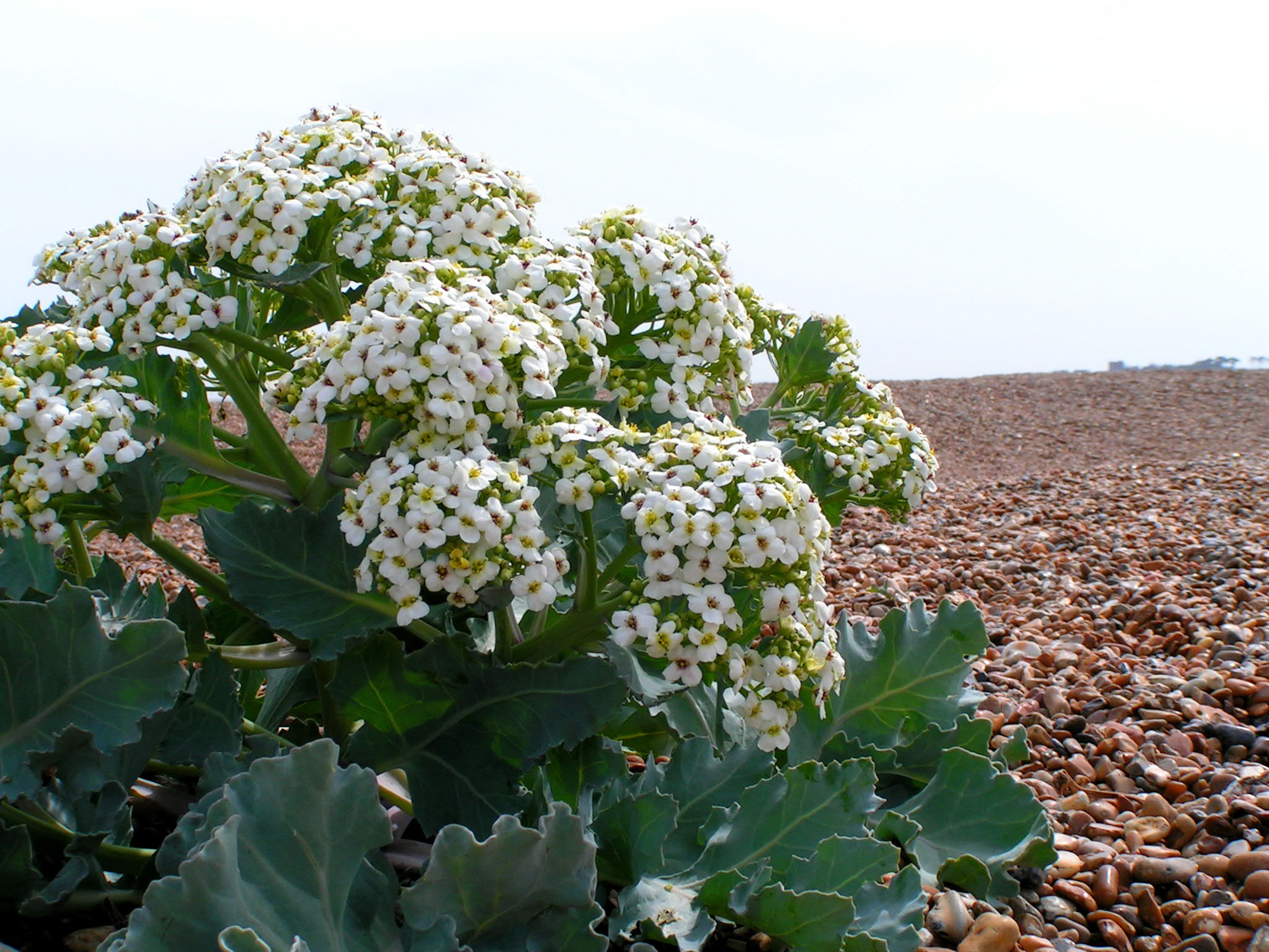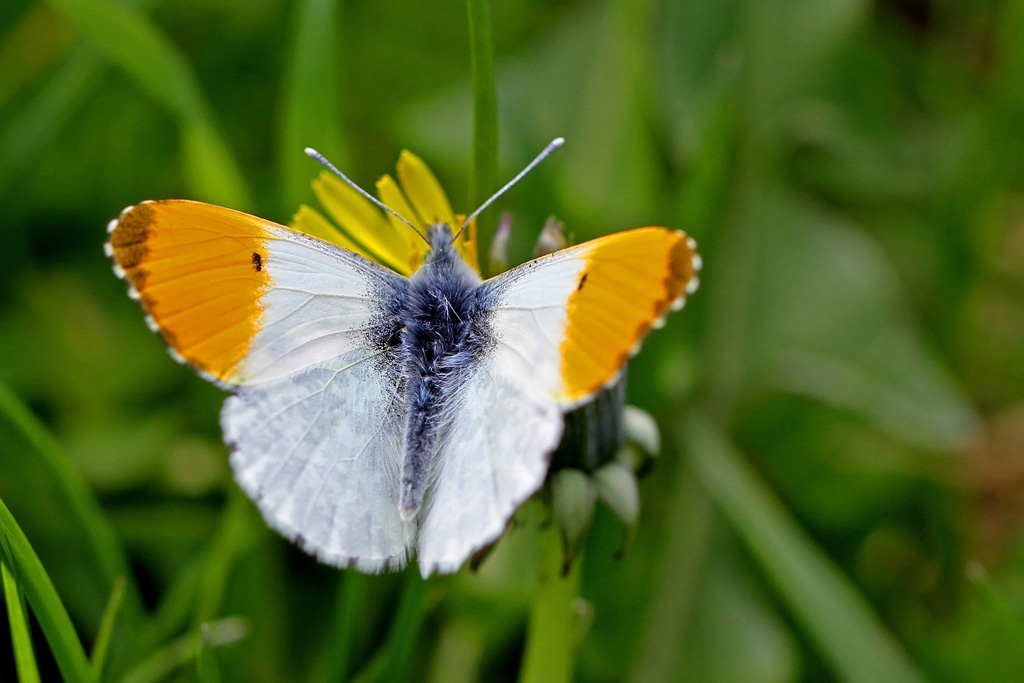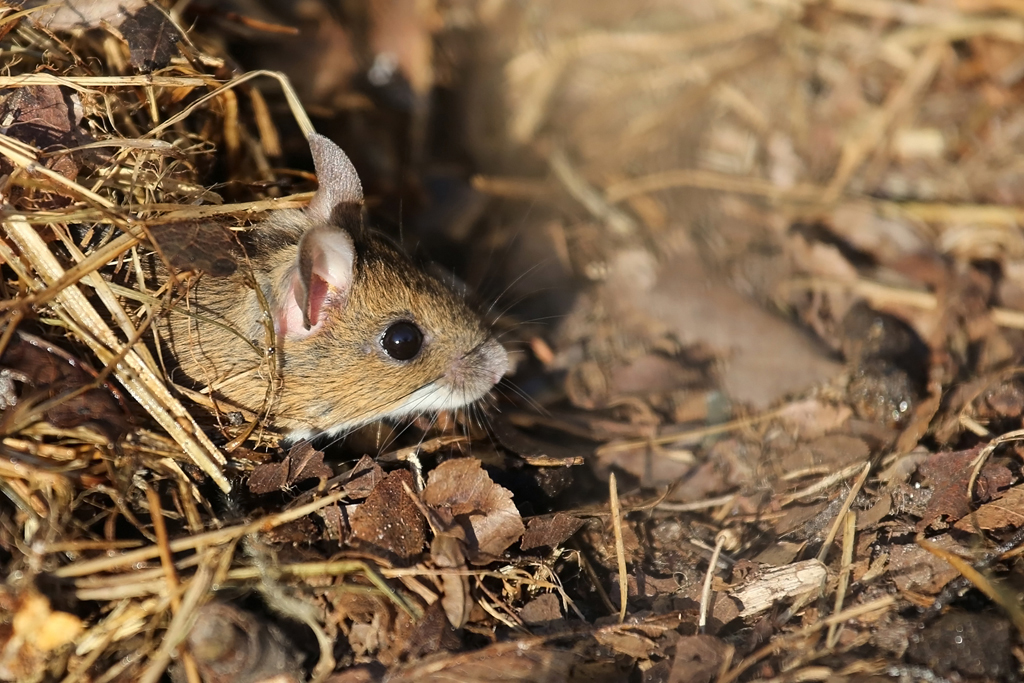Village Voices Nature Note: far away and long ago
05 Apr 2021
There’s a lot of excitement about this Perseverance mission to Mars. The technology is amazing and the information we are getting back is remarkably detailed. For example, the night-time temperature there yesterday was a bracing -980F. They’ve equipped that extraordinary Rover vehicle to search for signs of past life. If they find any, it’s likely to be in the form of fossilised microbes about 3.5 billion years old. The mission is costing $2.7 billion and is thought well worth the price of satisfying the deep human urge to reach out and find life elsewhere in the universe.
I couldn’t help comparing that sum, though, with the current UK budget of £258 million for nature conservation and the protection of biodiversity. There is life on earth, right here and now, and it needs some help. Some of our own ancient inhabitants are in real trouble. Bees evolved sometime in the Cretaceous period, some 120 million years ago, at about the same time as flowers, with which they have ever since formed a mutual support system. The bees pollinated the flowers, which competed for their attention with the huge variety of different colours, shapes and fragrances they evolved to lure them in. In turn, the flowers offered the bees pollen and nectar and the bees themselves diversified to take advantage of this bounty. We come into this biological equation too, since we depend on crops the bees have fertilised – in fact it has been estimated that the value of pollination for human food is more than £110 billion a year.
But bees are declining fast. They have lost important habitats of flower-rich meadows and suffered terrible collateral damage from pesticides, herbicides and parasites. We’ve all read the headlines about this, but how much do we really know about them? Most people can recognise a bumble bee and a honey bee, but did you realise we have 24 different kinds of bumble bee in Britain and 270 other kinds of bee, 250 of which are called ‘solitary bees’ that don’t live in hives or big colonies. These have a huge range of life-styles, indicated by such intriguing names as miner, mason, leaf-cutter, wool-carder and sweat bees. Worldwide, there are 20,000 kinds of bees, more than all birds and mammals put together.
Well, you can see where my Easter parable is heading. Are we at risk of learning more about 3 billion-year old microbes on a dead and uninhabitable planet 140 million miles away than about the buzzing and blooming life that sustains our own live one and that lifts our hearts again every spring?
I couldn’t help comparing that sum, though, with the current UK budget of £258 million for nature conservation and the protection of biodiversity. There is life on earth, right here and now, and it needs some help. Some of our own ancient inhabitants are in real trouble. Bees evolved sometime in the Cretaceous period, some 120 million years ago, at about the same time as flowers, with which they have ever since formed a mutual support system. The bees pollinated the flowers, which competed for their attention with the huge variety of different colours, shapes and fragrances they evolved to lure them in. In turn, the flowers offered the bees pollen and nectar and the bees themselves diversified to take advantage of this bounty. We come into this biological equation too, since we depend on crops the bees have fertilised – in fact it has been estimated that the value of pollination for human food is more than £110 billion a year.
But bees are declining fast. They have lost important habitats of flower-rich meadows and suffered terrible collateral damage from pesticides, herbicides and parasites. We’ve all read the headlines about this, but how much do we really know about them? Most people can recognise a bumble bee and a honey bee, but did you realise we have 24 different kinds of bumble bee in Britain and 270 other kinds of bee, 250 of which are called ‘solitary bees’ that don’t live in hives or big colonies. These have a huge range of life-styles, indicated by such intriguing names as miner, mason, leaf-cutter, wool-carder and sweat bees. Worldwide, there are 20,000 kinds of bees, more than all birds and mammals put together.
Well, you can see where my Easter parable is heading. Are we at risk of learning more about 3 billion-year old microbes on a dead and uninhabitable planet 140 million miles away than about the buzzing and blooming life that sustains our own live one and that lifts our hearts again every spring?
Jeremy Mynott





